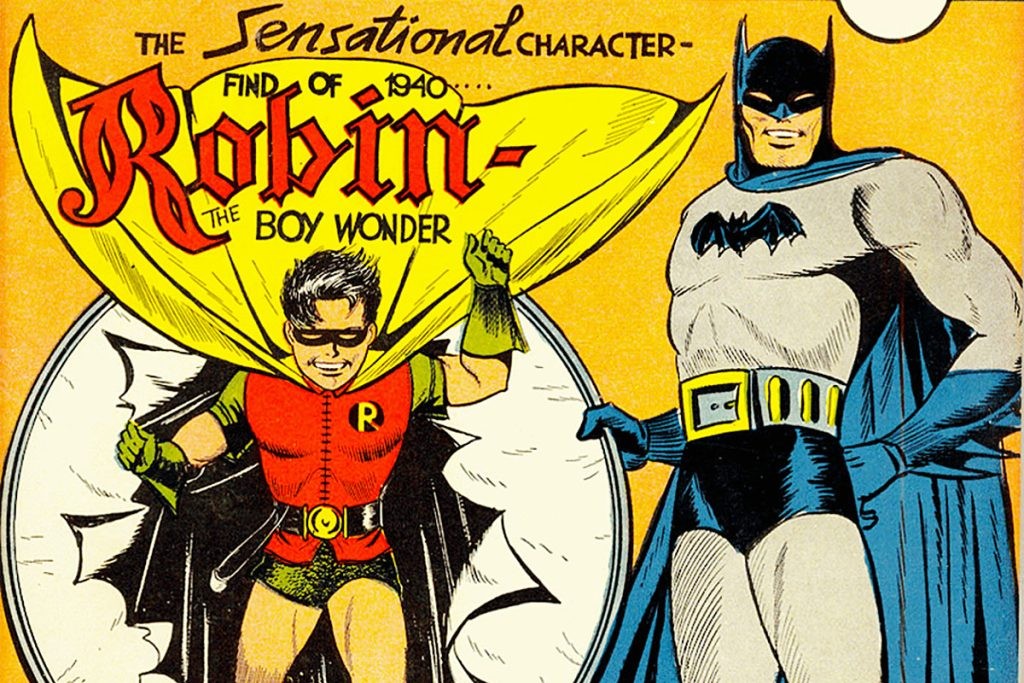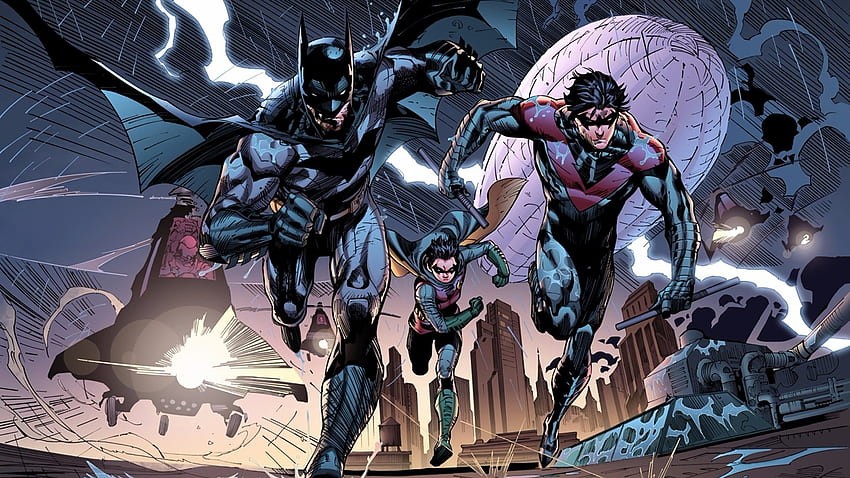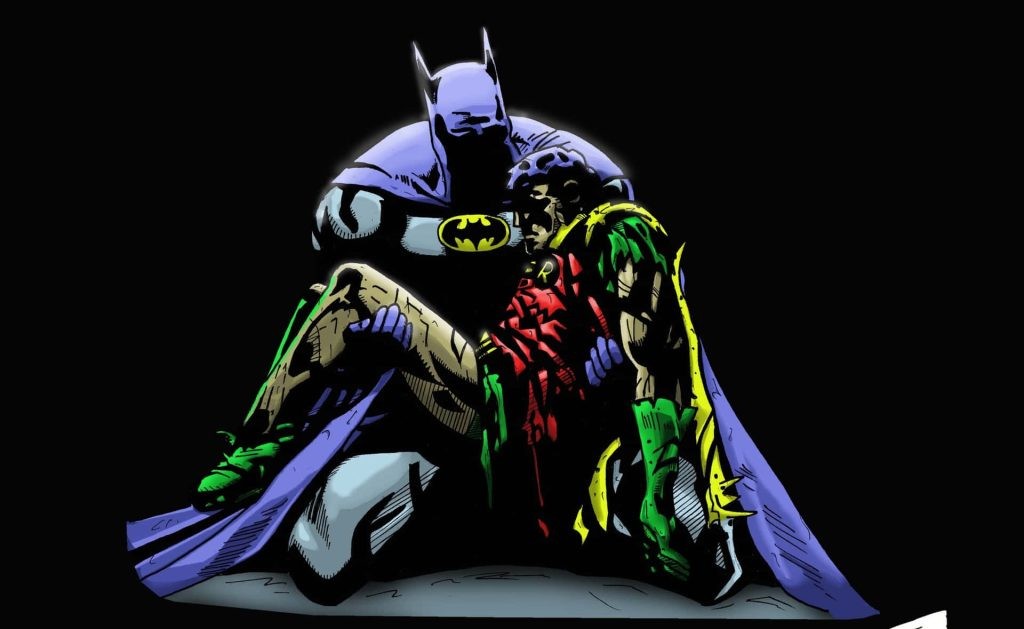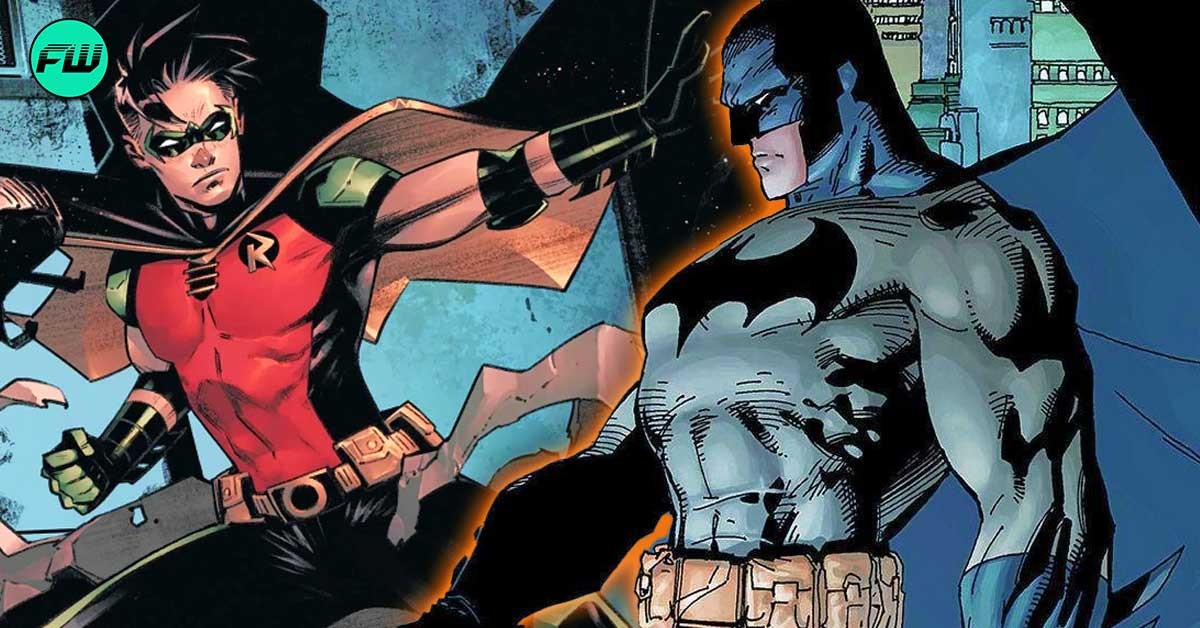The pages of DC Comics have witnessed the rise and fall of civilizations, the clash of gods, and the unraveling of cosmic mysteries. Yet, amidst the larger-than-life battles and grand narratives, a quieter but equally compelling aspect has persisted—the presence of sidekicks. These stalwart companions, often youthful and less seasoned than their mentors, have carved a unique niche within the DC Universe. Beyond their role as mere apprentices, sidekicks like Robin, Kid Flash, and Wonder Girl have woven intricate layers of depth, growth, and partnership into the fabric of DC’s stories.
The Genesis of Sidekicks: A Historical Overview

The concept of sidekicks in DC Comics dates back to the 1940s, a time when the superhero genre was flourishing. One of the earliest and most iconic examples is the partnership between Batman and Robin. Introduced in Detective Comics #38 in 1940, Robin, a.k.a. Dick Grayson, not only lightened Batman’s somber demeanor but also provided readers with a relatable character they could connect with. This was a crucial element in attracting a younger audience, expanding the comic’s appeal beyond adults. The dynamic duo paved the way for other partnerships like Green Arrow and Speedy or Aquaman and Aqualad. These sidekicks brought youthful energy to their mentor’s stories, while also allowing for character growth and exploration of the mentor-student dynamic.
The role of sidekicks in DC Comics is not just limited to fictional narratives; it often mirrors real-world experiences. Young readers, adolescents, and even adults can relate to the sense of awe, curiosity, and the desire to make a difference that sidekicks represent. In an era where mentorship and guidance are vital for growth, sidekicks embody the essence of learning from those who came before us. Furthermore, sidekicks have also become a symbol of diversity and inclusivity. Characters like Aqualad (Jackson Hyde), a gay character with hydrokinetic powers, and Batwoman (Kate Kane), who represents LGBTQ+ visibility, reflect DC’s efforts to provide representation through its sidekick narratives.
Enriching Character Dynamics

The essence of sidekicks lies in the depth they bring to the superhero landscape. A prime example is Batman’s relationship with Robin. While Batman embodies darkness and vengeance, Robin injects a sense of optimism and hope. Their partnership highlights the duality of the superhero life – the struggle between the light and the shadows. This contrast enhances the complexity of the narratives, making them more relatable and engaging to readers. Moreover, sidekicks often serve as a moral compass for their mentors. Robin, with his unwavering sense of justice, has saved Batman from crossing the line between vigilante and criminal numerous times. This internal struggle adds layers to the characters, making them more human and less archetypal.
One of the most compelling aspects of sidekicks is their journey of growth, both as individuals and as heroes. Tim Drake, the third Robin, is a prime example. His deductive skills led him to deduce Batman and Nightwing’s secret identities, earning him the mantle of Robin. Tim’s transition from a devoted fan to a capable hero showcased the transformative power of mentorship. This evolution resonated with readers who could empathize with the process of finding one’s place in the world.
Mentorship is a central theme in sidekick relationships. The mentor provides guidance, imparts wisdom, and shares their experiences, while the sidekick brings fresh perspectives, challenges conventions, and often revitalizes the mentor’s sense of purpose. This synergy is evident in the relationship between Green Arrow and his sidekick Speedy. Their interactions highlight the struggle of passing on values and ideals to the next generation, a theme that resonates far beyond the pages of comics.
Sidekicks in Crisis: Coping with Loss and Change

The sidekick journey isn’t always one of triumph and growth; it also encompasses moments of tragedy and adversity. The A Death in the Family storyline, in which the second Robin, Jason Todd, meets a grim fate at the hands of the Joker, serves as a poignant example. This event had a profound impact on Batman, leading to his reevaluation of his methods and the weight of responsibility he carries. Such experiences highlight the emotional depth that sidekicks bring to the narrative, showcasing their vulnerability and the complexities of coping with loss.
While sidekicks begin as apprentices, many of them eventually step out of their mentor’s shadow to become independent heroes. Nightwing, the original Robin, evolved into his own identity after realizing he needed to forge his path. This transition is not merely a symbolic gesture; it underscores the importance of growth and self-discovery. Characters like Nightwing, Wally West (formerly Kid Flash, later the Flash), and Donna Troy (Wonder Girl) demonstrate that sidekicks are not confined to their roles. Instead, they serve as a testament to the potential for transformation and the evolution of personal narratives, proving that superheroes can mature, redefine themselves, and continue making meaningful contributions to the world.
The very presence of sidekicks challenges the status quo of the superhero archetype. They serve as catalysts for change, pushing established heroes to question their methods and ideologies. The introduction of sidekicks often coincides with a hero’s reevaluation of their mission and legacy. Batman, for instance, is known for his reluctance to form close attachments due to the traumatic loss of his parents. However, his relationship with various Robins, particularly with Tim Drake, forces him to confront his aversion to partnership and family. In the case of his son Damian Wayne, who often challenges his father’s morals in his crime-fighting ability and how to handle the various rogues gallery.
Sidekicks as Legacy Bearers: Passing the Torch

Legacy is integral to the world of superheroes, and sidekicks often play a pivotal role in carrying forward the legacies of their mentors. In 1985’s Crisis on Infinite Earths #8, Wally West, the original Kid Flash, takes up the mantle of the Flash after Barry Allen’s apparent death is a testament to this idea. Beyond their narrative roles, sidekicks hold symbolic value in society. They represent the potential for growth and renewal, reflecting the idea that the next generation can carry forward the ideals and values of their predecessors. This concept aligns with the broader societal notion of progress and the passing down of knowledge for the betterment of future generations.
In the rich tapestry of DC Comics, sidekicks are not mere afterthoughts or junior partners. They are the heartbeats that infuse vibrancy, depth, and relatability into the stories of our beloved heroes. From fostering growth and embodying the evolution of mentorship to reflecting real-world experiences and diversifying the superhero landscape, sidekicks stand as a testament to the enduring power of partnerships, growth, and the timeless quest for heroism. As readers continue to be enthralled by the caped crusaders and dazzling powers, let us not forget the unsung heroes by their sides – the sidekicks who remind us that the journey of heroism is not solitary, but one that thrives on camaraderie, and support, and the shared pursuit of justice.
For more content from FandomWire, check out our LinkTree!

